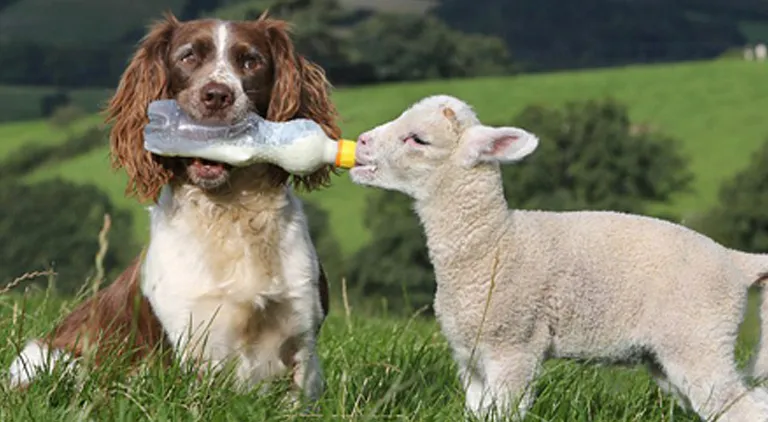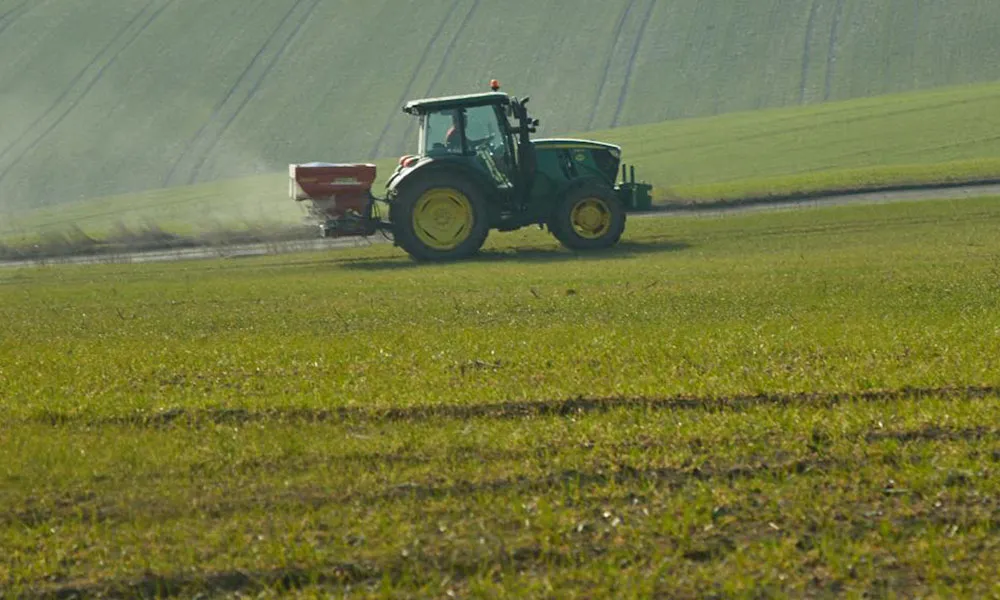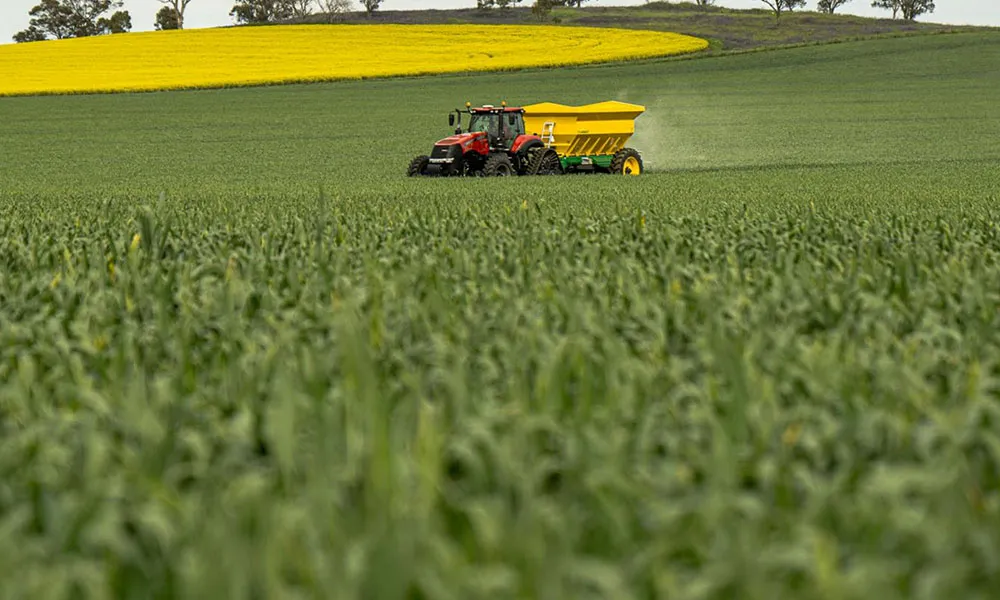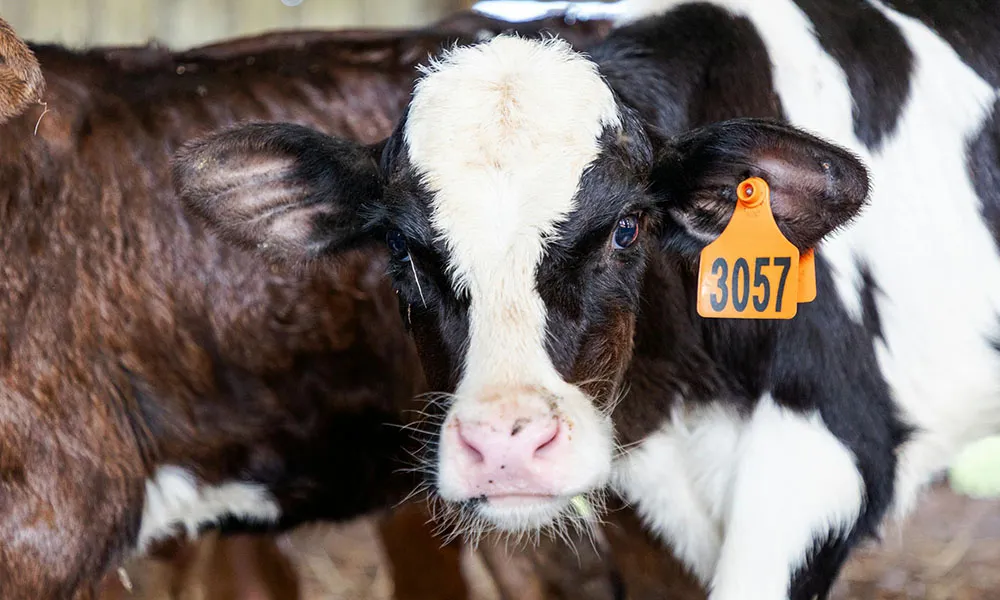
Keeping surplus lambs -Is it worth the Hassle?
With lambing in full swing, for a lot of farmers, the question that faces many is what to do with surplus or orphaned lambs? Do you sell them on for whatever you can get or do you rear them yourself?
Studies undertaken by Teagasc and others have shown that lambs you rear can leave profit of between €16 and €50 behind. But to do so you have to look at it as another enterprise and not just as keeping pets for the kids.
Pet lambs can be a great way of getting the kids interested in the farm but it comes with problems. Such as the youngsters getting attached to their new pets and refusing to let them go! If you’re not careful you could find yourself with crippled and stunted rams running around, that the kids no longer look at but still won’t let you get rid of!
You may laugh but I’ve seen it happen.
The success of the enterprise will depend on the breed of sheep you’re working with.
Whether you bring these lambs to slaughter yourself or sell them at the mart, like all farm enterprises, you have to consider is it a big enough enterprise to add sufficient profit for the farm.
Or is it just taking up time that could be spent on more profitable enterprises. Many argue that it simply isn’t worth the man hours required to get them to weaning.
Put simply you need to break down the whole process for yourself before you go buying your bags of replacer.
Considerations to take into account
-
Firstly calculate how much it will cost to rear the lamb. In terms of milk replacer it will cost roughly €3.50 per Kg of milk replacer per lamb. Over an 8 week period to weaning a lamb will take an estimated 12.5 kg of replacer equating to €43.75. If you have a lot of lambs to rear, buying replacer in bulk then the price will reduce and increase your margin on each lamb. The same will go for meal if you are feeding meal rations.
-
Second you need to consider how much you are likely to make on the lamb at the end of the day. Are you taking it to the mart or to the factory? Are you selling as lambs or will you keep them until they become hogget’s? This will determine how much profit you will be making on each lamb. Of course this price isn’t a sure thing but having a rough idea will help in your decision.
-
Another thing to look at is what breed of sheep you are working with. If you have a larger, fast growing lowland breed then you can expect to get the lambs to a size for slaughter quicker. However if you have mountain breeds that aren’t as easy to finish, it might not be worth the cost of keeping them on. That is unless you have a market and price you are confident of reaching.
-
Another thing that many farmers fail to consider is how much time you are willing to spend on looking after lambs. Add on even a few euros for every hour that will be taken up with mixing, heating and feeding each lamb to make sure you know the full cost of each lamb.
Once you have a breakdown of the costs you can decide what is best for you. It also gives you an idea of where you can make cuts to the cost to increase your margins. The one thing that a lot of sheep farmers have identified as a simple change is the time commitment issue. To get over this hurdle a lot are turning to surrogate feeders.
The Sturdy Surrogate feeder
The surrogate feeder offers the farmer the chance to reduce the workload associated with feeding lambs. Simply cover the filament at the bottom of the free standing unit with water. Fill the removable 50 ltr tub with your mixed milk replacer and place in position. Set the thermostat and plug in. The lambs are then free to come and suckle the four teats as they please.
With the capacity to feed up to 24 lambs all day from one mixing. The feeder saves the farmer time having to feed individual lambs twice daily. With lambs able to feed as they please it helps them grow at a steady rate. As opposed to the bloated look you can sometimes get with bottled lambs.
Again, as with all farming enterprises these days the surrogate feeder is best for use with larger numbers of lambs. Preferably up to the 24 it can cope with as it spreads the cost of the electricity it uses over the batch rather than one or two, keeping your margins higher.
To decide if it is worthwhile for your enterprise you will need to compare the cost of electricity to the cost you place on your own labour. My general rule is if you have over five lambs it is well worth looking at as an option. Over ten lambs to feed and my personal opinion is you’d be mad not to get one. The time and effort it saves, not to mention the peace of mind it gives is well worth the cost. Especially true if you know you will be needing it again next year, the year after and so on.
Cleaning?
The one concern some people have in relation to the surrogate feeder is around cleaning it out. We are asked here in the shop about the frequency of cleaning out the tubes. Some fear that you would have to clean them daily. I can assure you that this is not the case, especially if you have a large number of lambs.
The lambs suckling will keep the tubes clean for the duration of the lambing season. At the end of the season you can remove the tubes and soak them in warm water, dry and return them to the feeder. You can then leave the feeder in a safe place ready for next year.
In terms of the tub itself you can rinse it out every day or two to make sure that there is no residue that will go bad and sour the new batch of replacer. However when compared with cleaning out individual bottles or buckets this is still a time saver.
In summation if you are considering keeping surplus lambs this year it is advisable that you do a full cost analysis. Decide if it’s a viable option for your farm. Rearing lambs can be a rewarding enterprise and if you have children it is a great way to start them getting involved on the farm. But in the long run it has to be profitable. Otherwise there is no point and you’d be better off selling them as foster lambs.
The only right answer is the one that suits your farm. Regardless of if you are keeping surplus lambs or not, you first have to get the ewes lambed, and we have all you can need here. Hopefully something here will leave the lambing period a little easier for you. For now I wish you the best of luck with the lambing.
RGA










